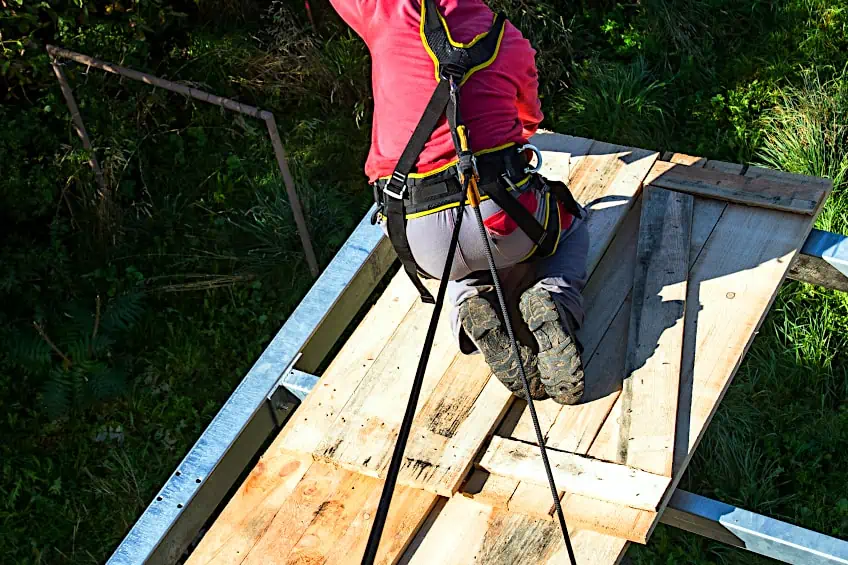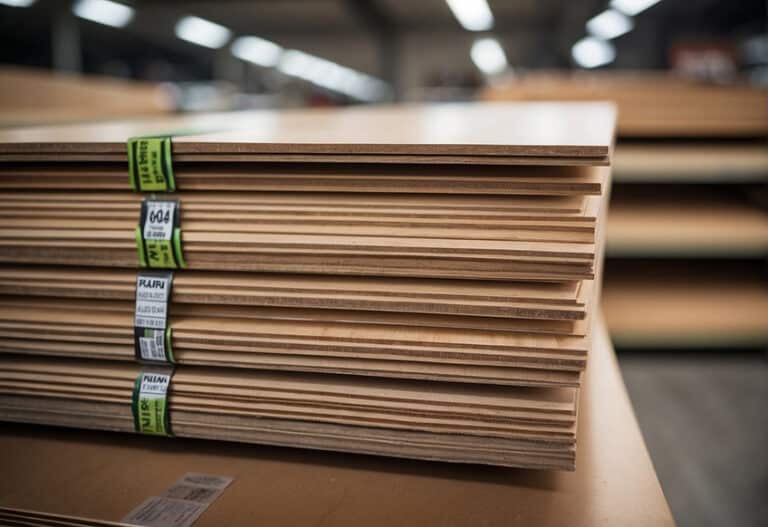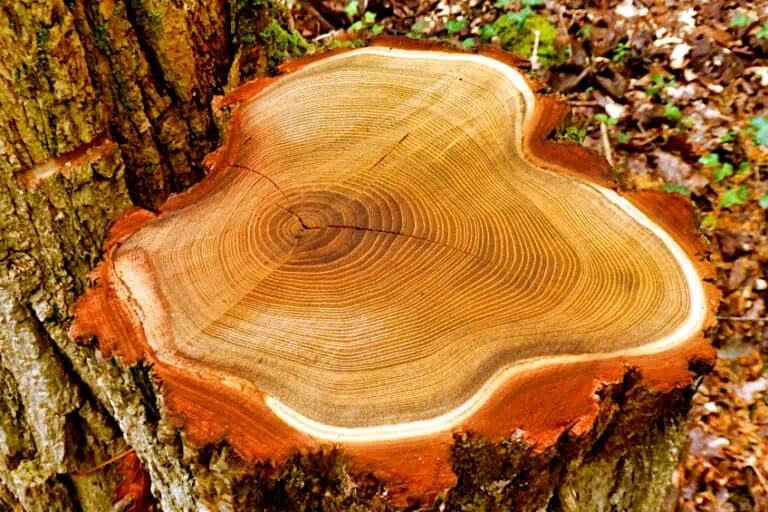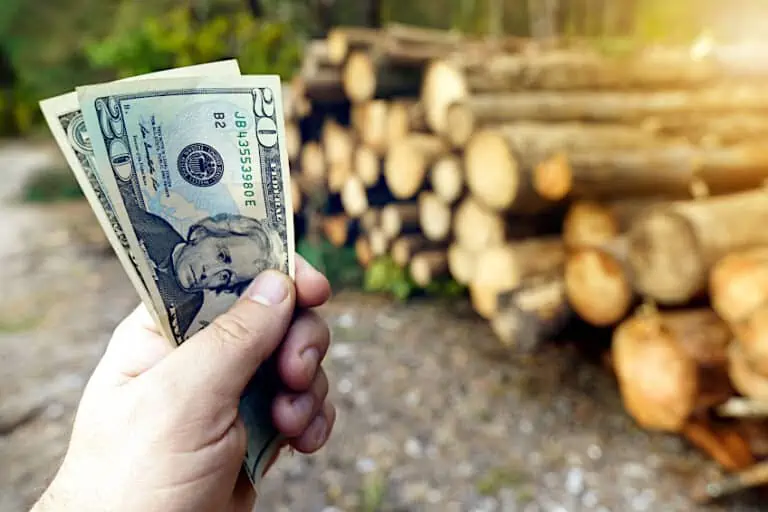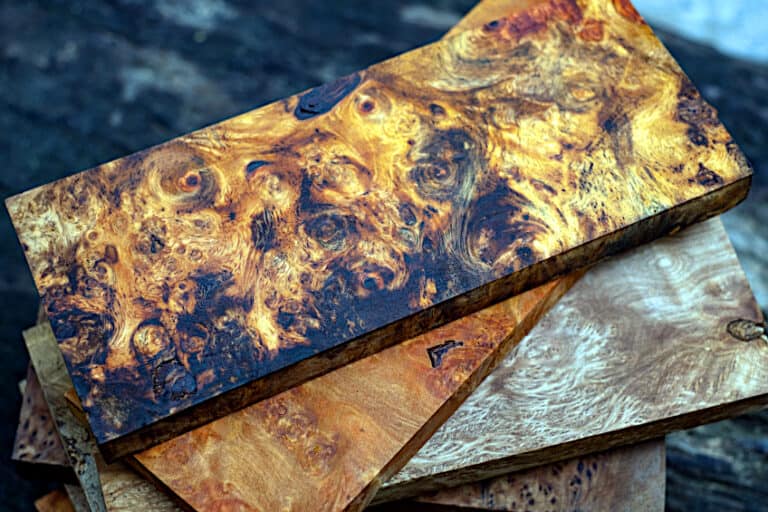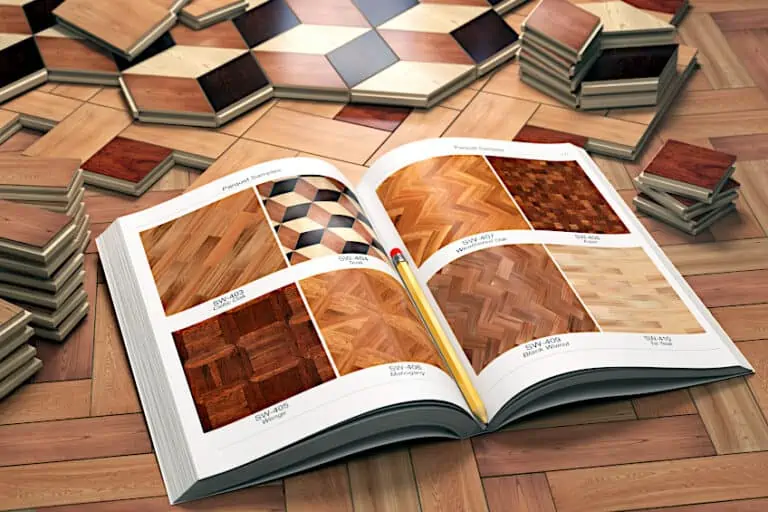Is Pine Wood Strong? – The Uses and Limits of Pine Wood
There are hundreds of wood species to choose from, each of them with its individual strengths and weaknesses. Choosing the correct wood species for a particular application means understanding the properties of each individual species and how they stack up against their intended application. One of the most popular wood species to use for a wide variety of tasks is pine wood. Is pine wood all it’s cracked up to be? Is pine wood strong? Is pine wood malleable? Is pine wood durable enough to withstand most applications? Let’s have a look at these, and other commonly asked questions about this wood species and its properties.
Table of Contents
What Is Pine Wood?
Pine trees are one of the most widespread tree species on the face of the planet, particularly in the Northern Hemisphere. They can be found in most countries in the region, and are used for a wide variety of applications. There are various species of pine trees and each has its own individual characteristics, as well as some pros and cons.
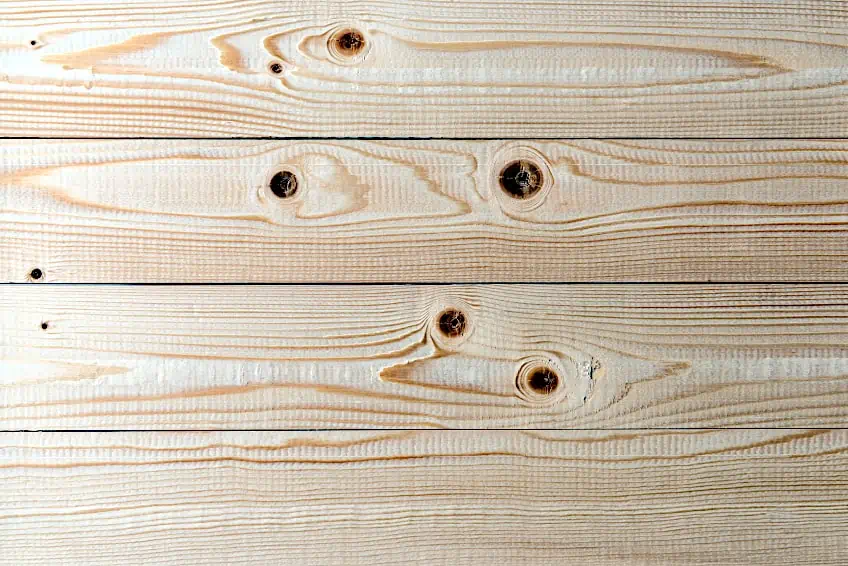
Two of the most commonly found of all pine species would be Austrian Pine and Scots pine. These species are typically found in large, forested areas where the tree has propagated large portions of the available land. This abundance is one of the many reasons that pine wood is so widely used in various industries.
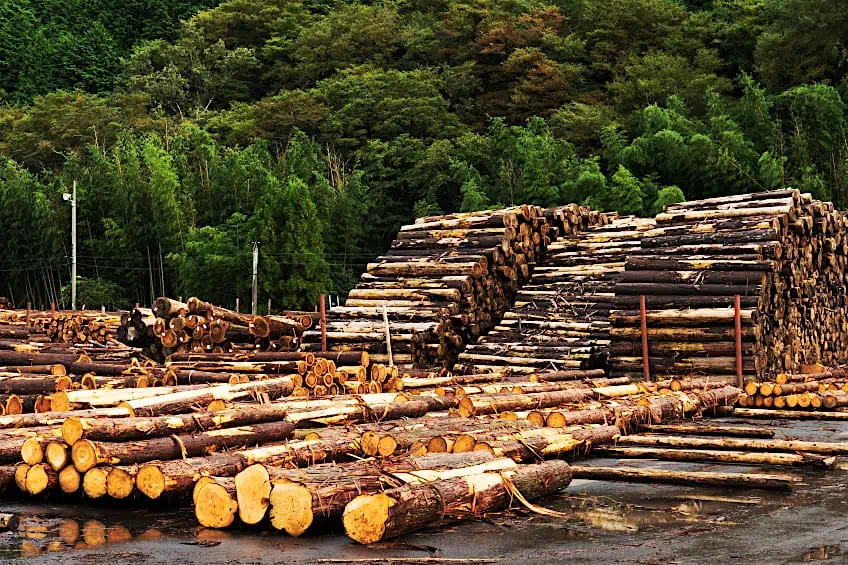
Identifying a pine tree is relatively easy. They are the only tree in existence capable of bearing pinecones. They are also identifiable via the shape of their cone-shaped needle-like leaves that sprout from pretty much every available branch. The color and size of these can vary considerably, but they generally grow up to 11 inches in length and possess a blue or dark green color.
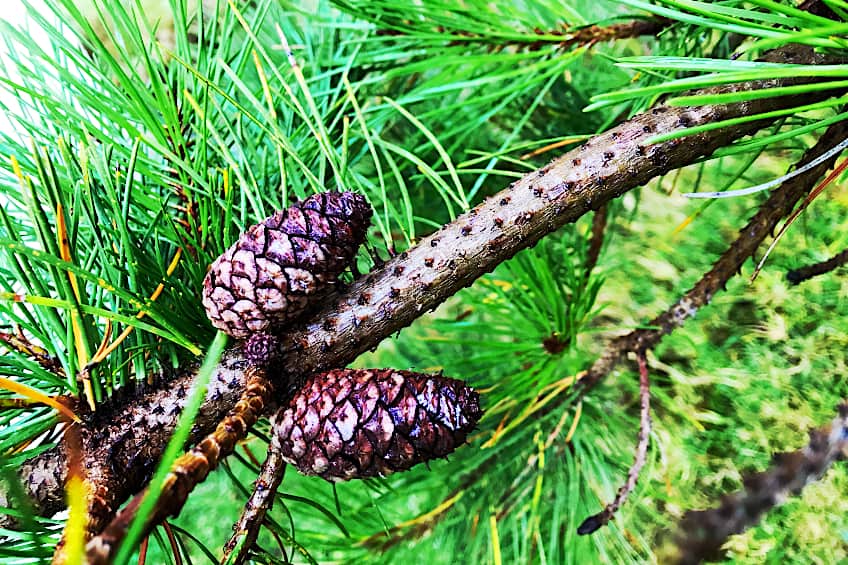
Another easily identifiable characteristic of pine trees has to be the color of their bark. The color of the bark is similar to oak trees, possessing a reddish-brown or even grey hue. The color of the bark can vary considerably depending on the species of pine tree you find yourself working with and/or the region the pine tree has grown in.
Identifying a pine tree is pretty straightforward as they’re fairly unique in appearance compared to other tree species. Unlike most other hardwood tree species, the foliage produced by pine trees is evergreen, meaning that the trees never go through a period where the branches are bare. Usually, when the needles of pine trees fall off, they are almost immediately replaced by new ones.
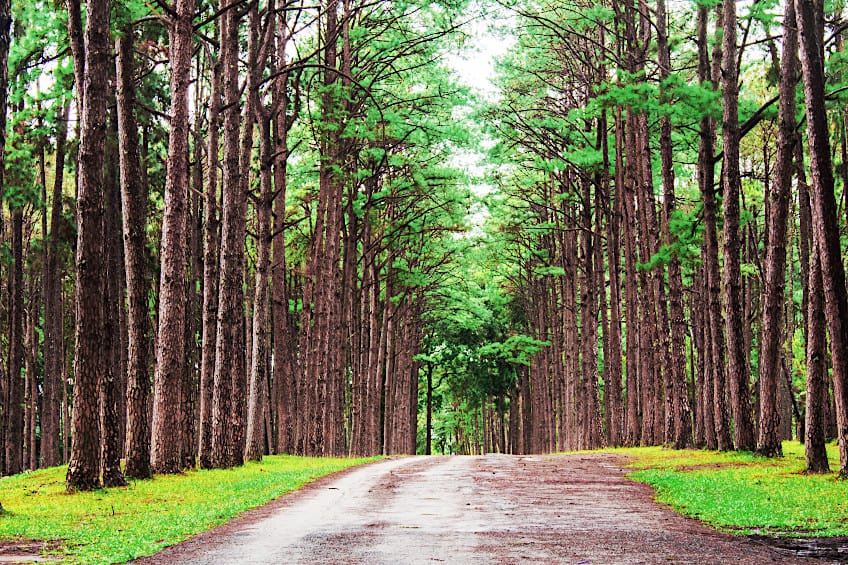
One of the many reasons that pine wood is so abundantly used is due to the sheer volume of wood a single pine tree is capable of producing. There are certain species of pine trees that are capable of growing up to 100 feet tall, which means that a substantial amount of wood can be harvested from just a single tree if need be.
How Strong Is Pine Wood?
As we mentioned previously, pine wood is a rather popular wood species for a wide variety of applications, and even though it is so widely used, many still wonder if pine wood is strong. Well, the answer to this question is almost entirely dependent on how you define “strength”, which in turn depends on your intended application for the wood board.
If you’re referring to tensile strength, then pine wood is certainly strong. It is one of the stiffest hardwood species and is capable of bearing moderate to heavy loads even when untreated. Pinewood also has a high compressive strength, which is part of the reason it is able to bear these loads without cracking and splitting.
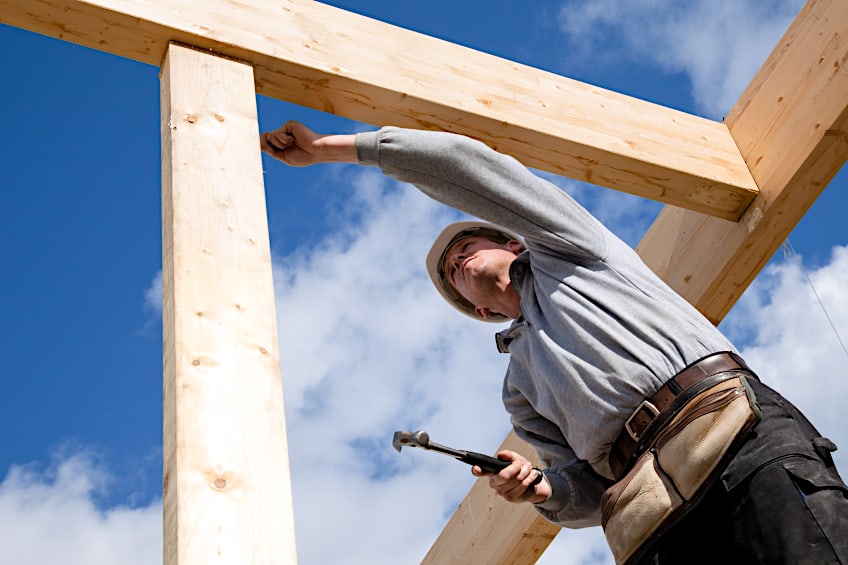
Pine wood is pretty dense too, but not so dense as to make it excessively heavy or impossible to treat with wood treatment oils or varnish. This being said, even though pine is not super dense and possesses a straight grain, it can still be a challenge to treat compared to other wood species in its class. Why is this?
Well, part of pine wood’s strength can be attributed to the configuration of its wood grain. Even though pine wood is straight-grained, it also possesses grain fibers that overlap with one another, increasing its density without affecting its weight too much. The ideal scenario, right? Well, yes, but it also means that wood treatment products can have a difficult time seeping into the wood fibers.
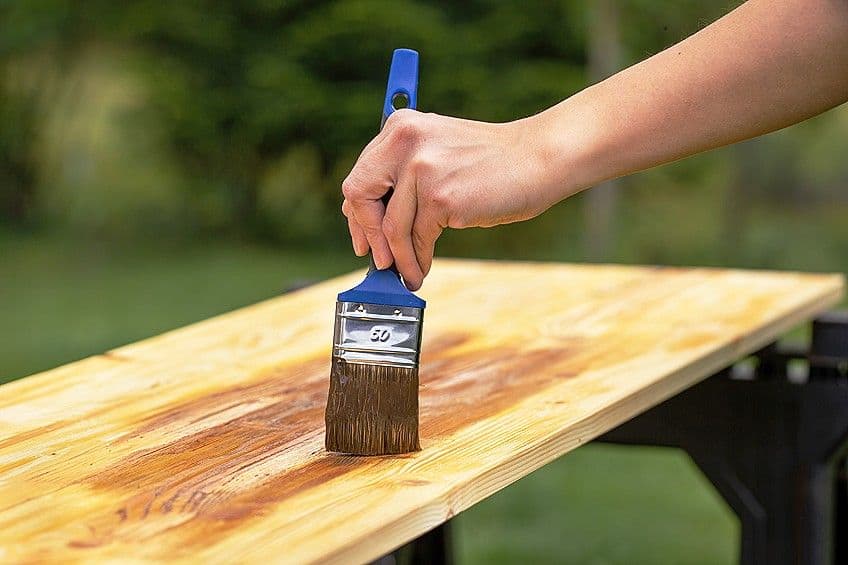
Is pine wood strong then? Well, yes. Compared to softwood species pine wood is really strong, but compared to some of its hardwood cousins, pine wood is not very strong, dense, rigid, or heavy. However, thanks to its abundance, affordability, good looks, and versatility, pine wood has become something of a “value buy” in the lumber market.
Properties of Pine Wood
Understanding some of the properties of pine wood can help you assess how strong the wood species is, and whether or not it will be a viable option for your intended application. To make things a bit easier for you, we’ve created a small table below detailing some of the inherent properties of pine wood that contribute to its strength. Below are the strength metrics for two of the most popular plywood species, white pine, and yellow pine.
| Characteristic | Yellow Pine Wood | White Pine Wood |
| Hardness | 870 lb | 380lb |
| Stiffness | 1.98Mpsi | 1.24Mpsi |
| Density | 0.59 | 0.35 |
| Bending strength | 14500 psi | 8600 psi |
| Compressive strength | 8470psi | 4800 psi |
One look at the table above and it’s pretty easy to see that yellow pine wood is far superior to white pine wood in overall metrics of strength. Strangely enough, even though we mentioned previously that pine wood is weaker than most hardwoods, yellow pine is actually a lot stronger than most other commonly used hardwood species!
It is for this reason that pine is so commonly used in day-to-day applications, but there are certain instances where even yellow pine wouldn’t be the best choice. Even though yellow pine is strong, it does not have the density of other premium hardwood species like walnut or oak, which means that it cannot be used interchangeably with these wood species.
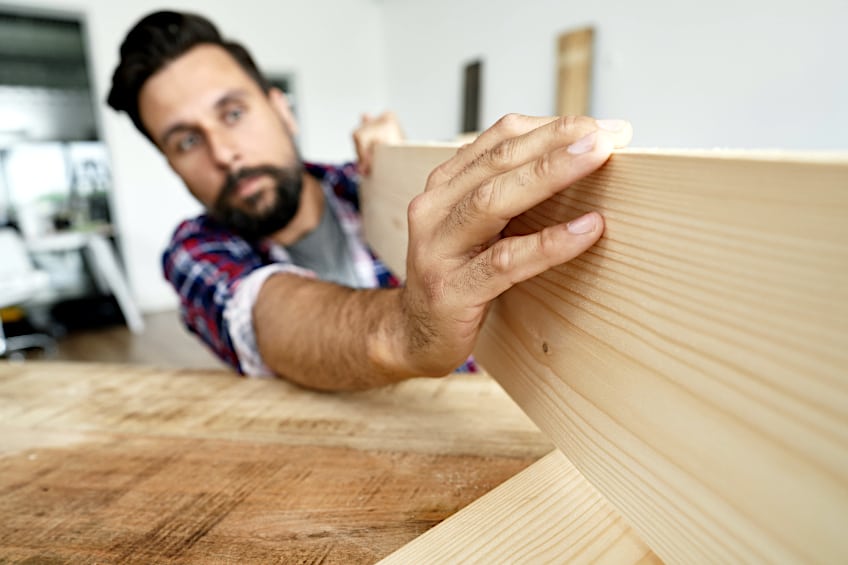
However, many wood crafters prefer using pine wood as opposed to other wood species for a few reasons. Firstly, the weight of pine wood allows it to be lifted and installed with greater ease compared to heavier wood species. Secondly, it’s decidedly less dense, which means it’s easier to work with. These two factors combined with the fact that it is readily available and affordable have made pine wood something of a staple in modern woodworking.
This doesn’t mean that pine wood is the universal solution to any wood crafting endeavor though. As we mentioned previously, pine is one of the weakest hardwood species, so you should definitely consider what forces will be acting on your workpiece and where your workpiece will be situated before you choose pine as the material for your next project.
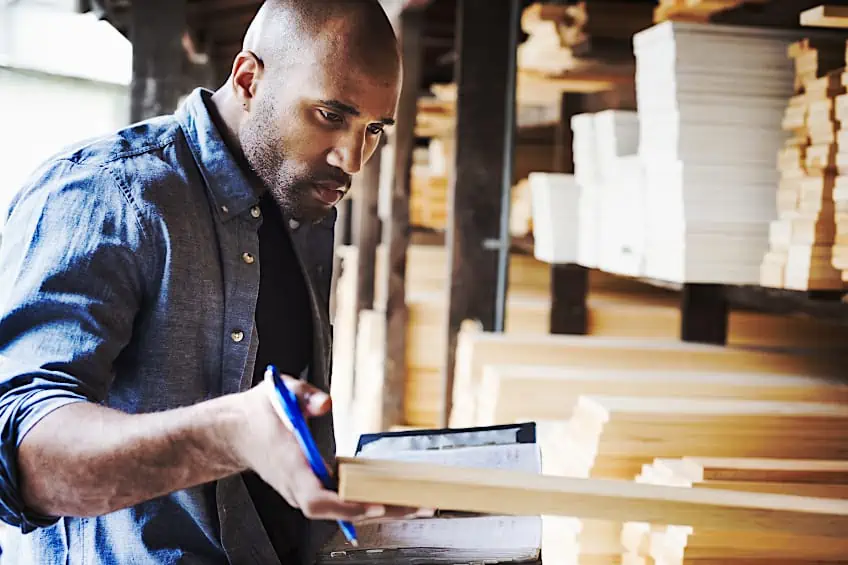
Is pine wood good for outdoor use? Well, this depends on the weather conditions your pine wood workpiece will be up against. If it rains quite a bit, or its extremely humid where you are, you could find that using pine wood leaves much to be desired in terms of longevity and moisture repulsion.
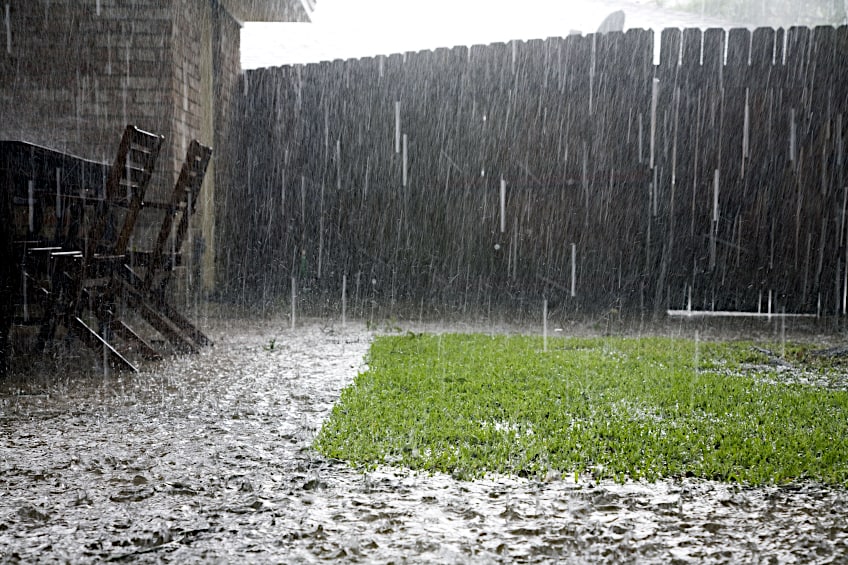
What Are the Advantages and Disadvantages of Pine Wood?
Unfortunately, there is no such thing as perfect wood. Even though pine wood is a versatile, readily available, and reasonably priced material, it is not without its shortcomings. Below you can find some of the advantages and disadvantages of pine wood, but keep in mind that the advantages and disadvantages of any wood species are almost entirely dependent on what you intend to use it for.
| Advantages Of Pine Wood | Disadvantages Of Pine Wood |
| High dimensional stability | Will tear up if cut with blunt instruments |
| Relatively lightweight | Can be scratched and dented easily |
| Easy to work with | Almost always requires sanding before use |
| Relatively durable | Require treatment for exterior use |
| Reasonably priced | Other hardwood species in this price range are more durable |
| Dense wood grain resist rot, swelling, and cracking | Dense wood grain can make the wood challenging to treat and/or paint |
| Natural resistance to moisture | Resistance is easily overcome by consistent exposure to moisture and/or submersion |
What Is Pine Wood Good For?
If pine wood can be used for certain applications but not others, what is pine wood good for? Well, there are loads of things that pine can be used for, but these typically aren’t heavy-duty applications. Pine wood is usually used for everyday applications like the construction of furniture or building shelving and wooden frames. This being said, let’s have a look at a few things pine wood can be used for in your day-to-day life.
Flooring
Flooring is a pretty common need in virtually any structure, and if you’d like a flooring material that not only looks good but works as a great insulator, then looks no further than pine wood! Pine wood can be used in both finished or unfinished form when it comes to flooring, although we do recommend sealing it to avoid damage from moisture and heat.
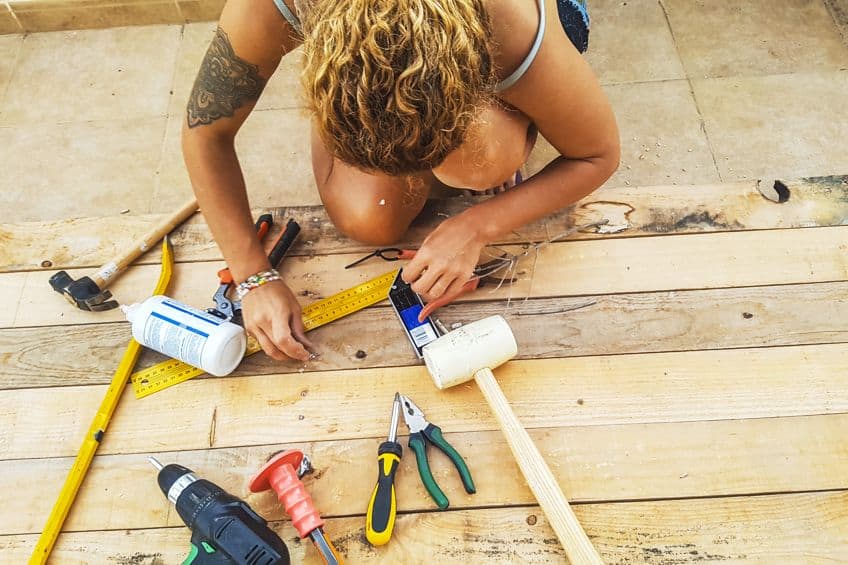
Paneling
Some things never go out of style, and pine wood paneling seems to be one of them. Pinewood paneling can make for a timeless addition to your home or office, and since pine is available in a variety of colors and is relatively easy to shape compared to other wood species, you might find yourself getting carried away at some point.
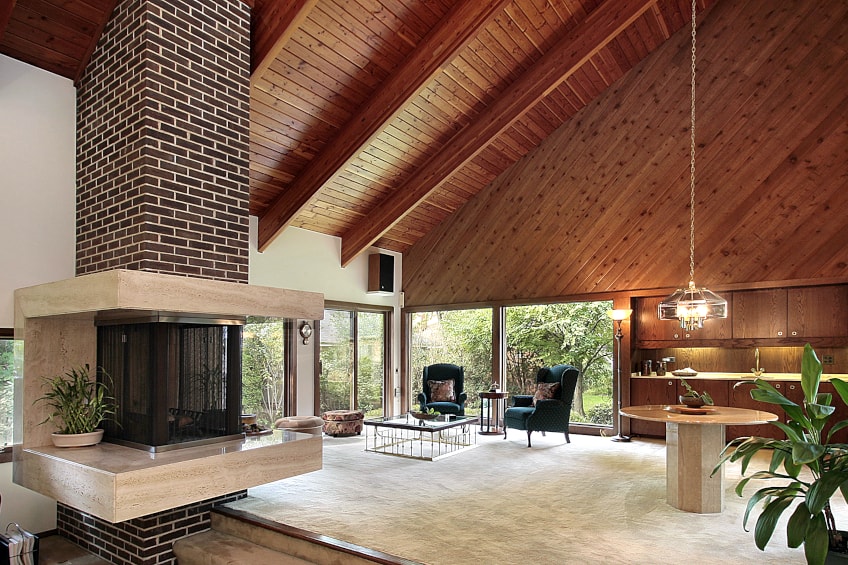
Cabinetry
Another really common application for pine wood is its use in the creation of cabinetry. Pine wood characteristics have made it a fairly common material in the cabinetry industry due to its lightweight and ease of use, not to mention the fact that it’s available in a variety of different hues, is capable of bearing a decent amount of weight, and can be treated to ensure its durability.
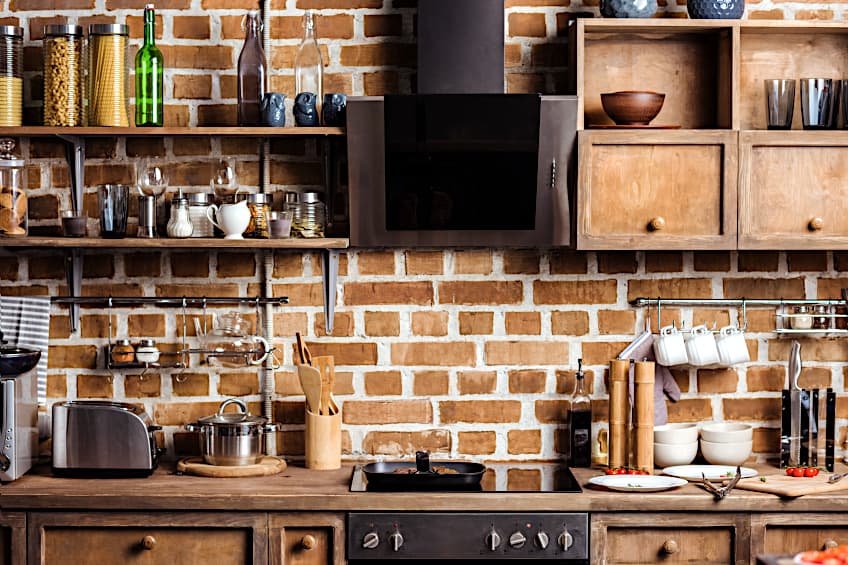
Furniture
It should come as no surprise that pine wood is used in the construction of most household furniture items. After all, it’s easy to work with, lightweight, readily available, easy to work with, and inexpensive compared to other hardwood species. Pine wood characteristics make it the ideal choice for indoor furnishings, but we recommend investing in a high-quality sealer or epoxy if you intend on placing your pine wood workpieces outdoors.
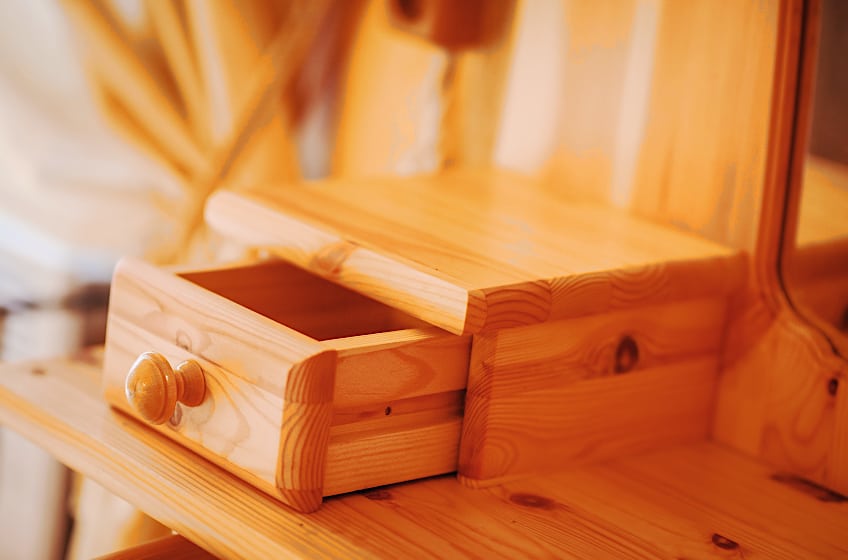
Wooden Decks
Wooden decks typically take a lot of wood to create, so it makes sense that the cheapest, hardest wood is used in the construction of decks, particularly if those building it have a tight budget. Although it is generally recommended that you not use pine wood for exterior applications, pressure treated and/or sealed pine wood can be used in the construction of exterior decks.
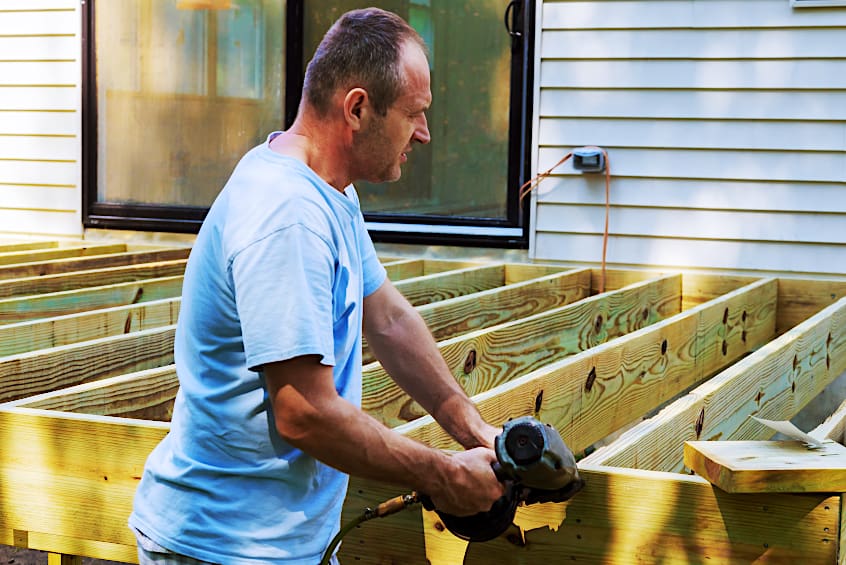
Is Pine Wood Easy to Work With?
Whatever you decide to use your pinewood lumber for, it’s important that you know how to work with this wood species to ensure the best results. Even though pine wood is malleable and can be manipulated quite easily, it does have a tendency to tear. Pine wood tears when the tool being used to cut and/or shape it aren’t sharp enough.
It is for this reason that you should ensure that both your hand and bench tools are as sharp as reasonably possible when working with pine wood. The last thing you want is to have your workpiece tear during a project. Additionally, you should always ensure that your pine wood workpiece is as dry as possible before attempting to cut it or using adhesives on its surface.
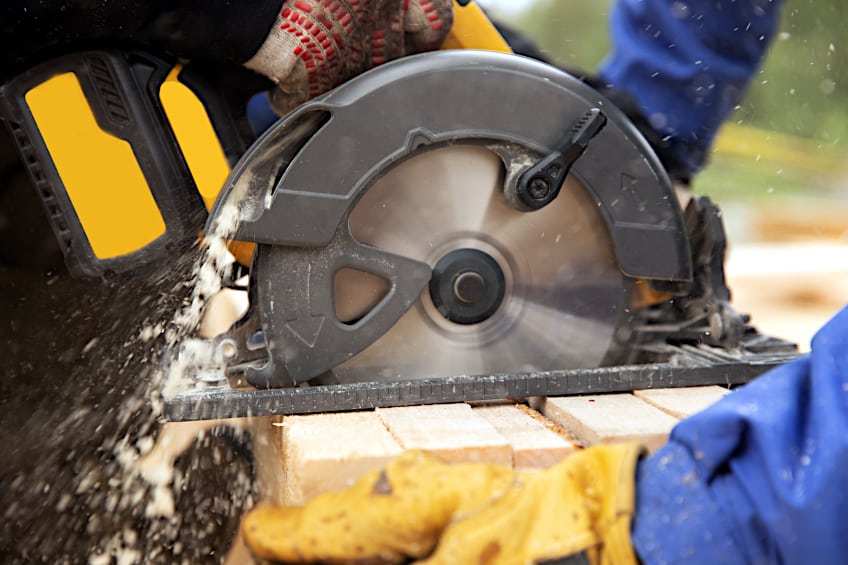
Is pine wood good for furniture-making applications considering the possibility of it tearing? Well, yes. Considering that most couch and bed frames are made via automated CNC (computer numerically controlled) machinery, the probability of the wood tearing is negligible. There are other benefits to using this wood in furniture creation too.
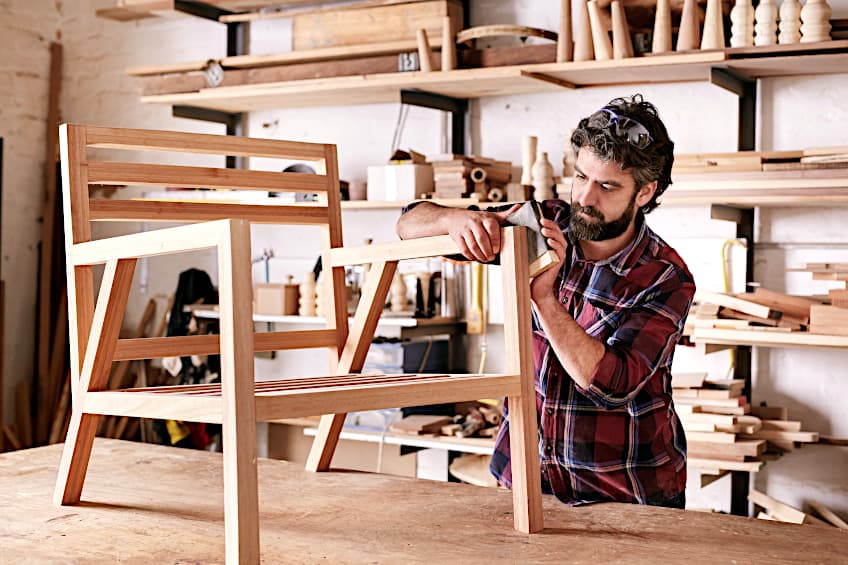
Pine wood is also very flexible. Is pine wood good for furniture creation due to its flexibility? Yes! While some furnishings require a rigid frame, others require a bit more give, especially if the wood will be the primary load-bearing material of the unit. This makes pine wood one of the most versatile furniture building materials out there.
How Many Different Types of Pine Exist?
Like virtually every other wood species on the face of the plane, there are many types of pine wood for you to choose from. As we mentioned previously, two of the most popular pine wood types are white pine and yellow pine. However, there are loads of pine wood types for you to choose from, each with its respective strengths and weaknesses.
Soft Pine
Soft pine is the least dense type of pine wood, as you could probably tell by the name. This type of pine is best characterized by its even grain and texture, accompanied by its low density and almost generic appearance. Most pine species that fall into this category look so similar to one another, that it can be nearly impossible to differentiate from one another with the naked eye. Below are three of the most common variations of the soft pine species:
- Eastern White Pine (Pinus strobus)
- Sugar Pine (Pinus lambertiana)
- Western White Pine (Pinus monticola)
- Limber Pine (Pinus flexilis)
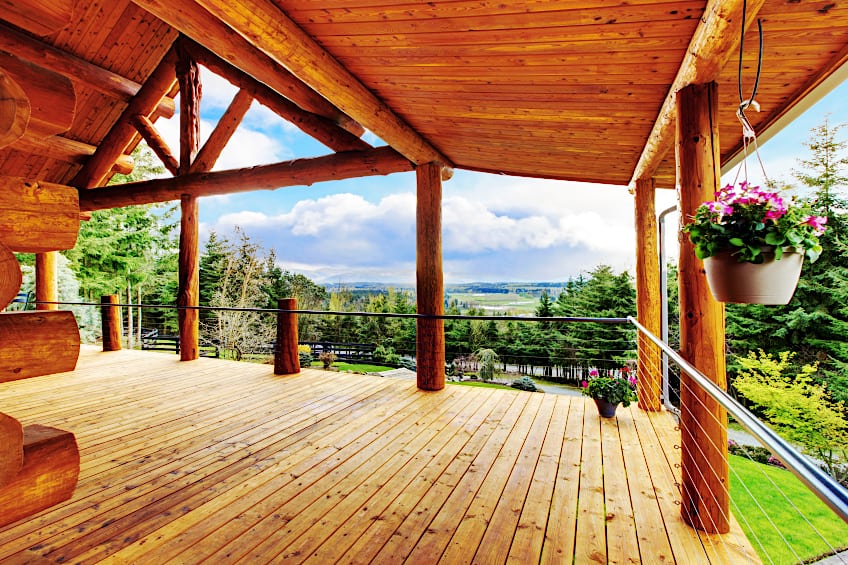
Hard Pine
Hard pine consists of some of the more widely used and well-known types of pine wood. There is a noticeable transition between the earlywood grain and the latewood grain of these pine species, allowing for the distinction between them and soft pine species. The grain of hard pine species is uneven, and due to their increased density, they tend to weigh more as well. This being said, hard pine species fall into two subgroups which we’ll have a look at below.
Subgroup A: Yellow Pines (Southern)
This group of hard pine species is what most of us refer to when discussing pine wood. These wood species are really dense compared to soft pine species. They are very easy to identify with the naked eye thanks to the harsh transition between the earlywood and latewood. They are also really challenging to tell apart, even on a microscopic level, they look extremely similar to one another. The most prominent members of this subgroup are:
- Longleaf Pine (Pinus palustris)
- Shortleaf Pine (Pinus echinata)
- Loblolly Pine (Pinus taeda)
- Slash Pine (Pinus elliotti)
- Table Mountain Pine (Pinus pungens)
- Sand Pine (Pinus clausa)
- Pitch Pine (Pinus rigida)
- Pond Pine (Pinus serotina)
- Spruce Pine (Pinus glabra)
- Virginia Pine (Pinus virginiana)
- Caribbean Pine (Pinus caribaea)
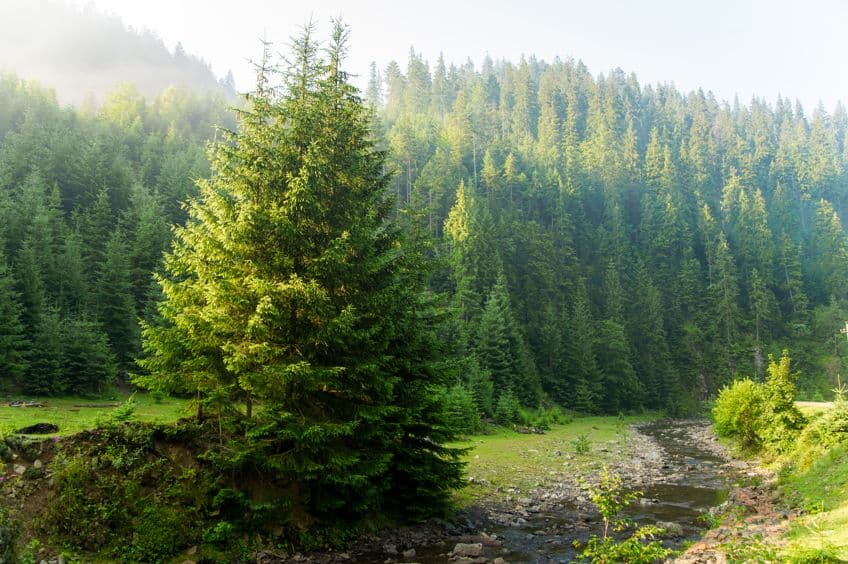
Subgroup B: Yellow Pine (Western)
While soft pines are rarely used for anything in the wood crafting industry and hard pines are used in pretty much every facet of the industry, this subgroup of pine wood is somewhere in the middle of the two. How so, you ask? Well, even though they’re classified as hard pine, they don’t have quite the same characteristics as the aforementioned group of hard pine.
This species of hard pine is visually similar to group A, as they have the same harsh transition between earlywood and latewood. However, this subgroup does not have the same density or grain pattern as group A, making wood species that fall into this subgroup noticeably less rigid and durable by comparison.
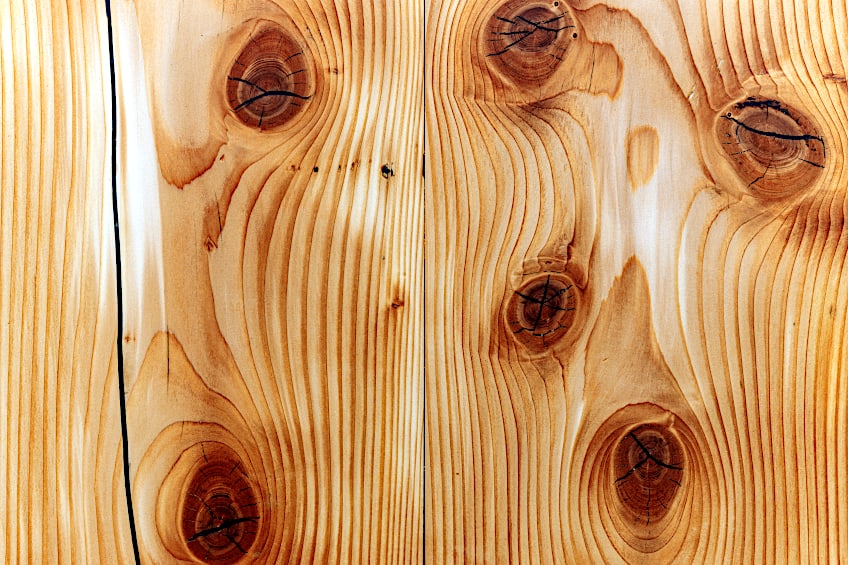
This type of pine wood has a more even grain, and thanks to the lack of overlay and the way that the grain fibers connect with one another, they are also noticeably lighter. Pine wood in this subgroup is often marketed and used interchangeably with one another and can be found with the marking PP-LP on their surfaces. The most wood species in this subgroup are:
- Lodgepole Pine (Pinus contorta)
- Ponderosa Pine (Pinus ponderosa)
- Jeffrey Pine (Pinus jeffreyi)
- Jack Pine (Pinus banksiana)
- Radiata Pine (Pinus radiata)
Subgroup C: Red Pine Wood
Red pine wood is a more obscure variation of the pine wood species as a whole. This type of pine is only available as one species inside the continental US (Pinus resinosa). However, in the UK, there are three other species of red pine that have similar if not the same characteristics. Red pine wood (as the name suggests) has a reddish heartwood and has a similar weight and grain structure to subgroup B. Below are the commonly known species of red pine:
- Scots Pine (Pinus sylvestris)
- Austrian Pine (Pinus nigra)
- Red Pine (Pinus resinosa)
What Is the Strongest Pine Wood?
Considering that there are so many species of pine wood you might find yourself asking what exactly is the strongest species? Well, it isn’t much competition as Southern yellow pine wood is hands down the strongest variation of the hardwood species. What makes yellow pine superior to all of the other species and subgroups of pine wood you ask?
Well, as we mentioned previously southern yellow pine has a hardness rating of around 870 lb on the Janca hardness scale. While this isn’t nearly as hard as other hardwood species out there, it very much gets the job done and rates above virtually all softwood species. This puts Southern yellow pine in a unique position on the wood hardness spectrum.
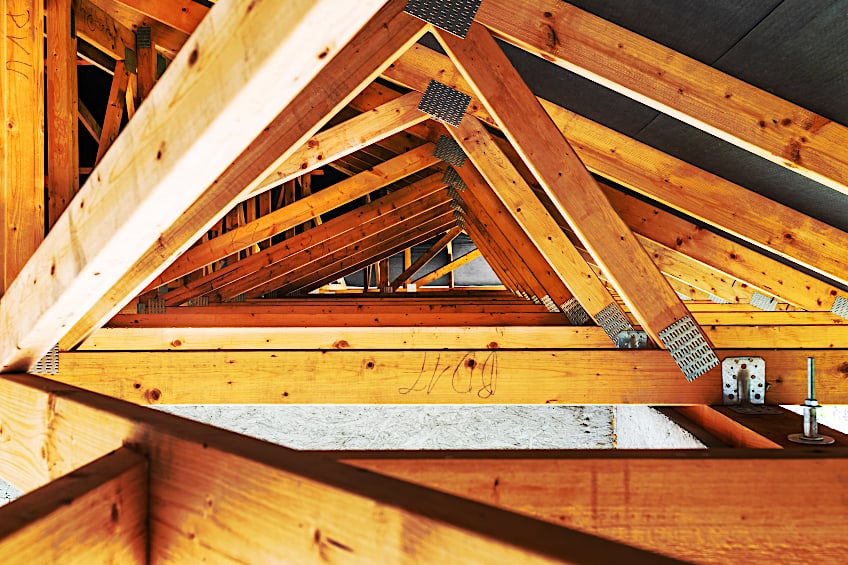
Other than its hardness, southern yellow pine also has the ideal density compared to some of the other subspecies of pine wood. Generally speaking, the denser an object is the heavier it is, due to the concentration of mass. However, the density of Southern yellow pine is configured in such a way that the density of the wood grain has very little effect on the overall weight of the wood board.
Southern yellow pine also has the best compressive strength of all the species and subgroups of pine. Compressive strength is essentially the opposite of tensile strength, as while tensile strength involves stretching the board to its breaking point, compressive strength involves mechanically “squeezing” the board. The tolerance of southern yellow pine is remarkable in this regard.
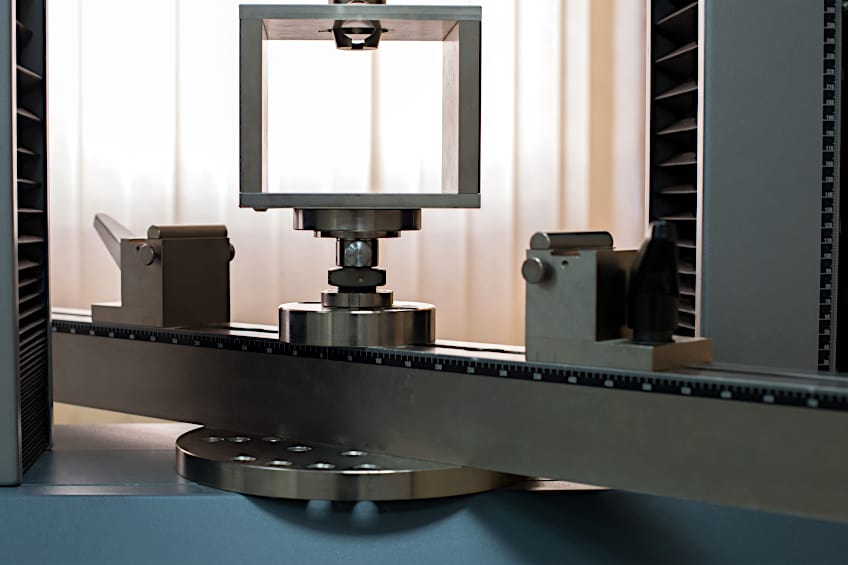
The same is true for a variety of other stress metrics that have been tested on this species of pine wood. However, this might not be the best wood to use for all applications, as a softer wood might be more conducive to less robust applications, making the use of southern yellow pine excessive in instances other than construction or load-bearing applications.
Now that you know what pine wood is, the uses of pine wood, some of the key characteristics of pine wood, where different species of pine wood can be found, and some of the key differences between the commonly used pine wood species, it’s time for you to get out there and put your newfound knowledge to the test! Remember to research the properties of your wood before purchasing it whenever possible.
Frequently Asked Questions
What Are the Uses of Pine Wood?
There are various uses of pine wood that span many industries all over the world. Pine wood can be used to construct interior flooring, decks, couches, beds, interior trim, shelving, utensils, and even automotive trim in some instances.
Is Pine Good for Outdoor Use?
Many people have asked if pine is good for outdoor use, and the answer is yes. Pine is not a good exterior wood on its own, but should you take the time to treat your pine wood board with a sealer and/or epoxy, it can make a wonderful outdoor wood.
What Does Pine Wood Look Like?
Pine wood is pretty commonly used, but what does pine wood look like in the wild? Most pine wood species are characterized by their reddish-yellow heartwood and their yellow-white sapwood. The grain of pine wood board is usually wavy, with a texture that can vary from species to species.
White Pine vs. Yellow Pine: Which Is Better?
The white pine vs. yellow pine debate isn’t a very fair one. While each type of pine wood is used for a particular application, objectively speaking, yellow pine tends to be more robust, has a higher tensile strength, and is more versatile when compared to its white pine counterpart.

I have been into woodworking since 2005 and woodturning since 2011. Because of my love for wood and woodworking, I started woodhappen.com to teach other enthusiasts about how to finish and seal wood, the best woodworking tools, the different types of wood, and everything else related to woodworking! Read more about me here.

